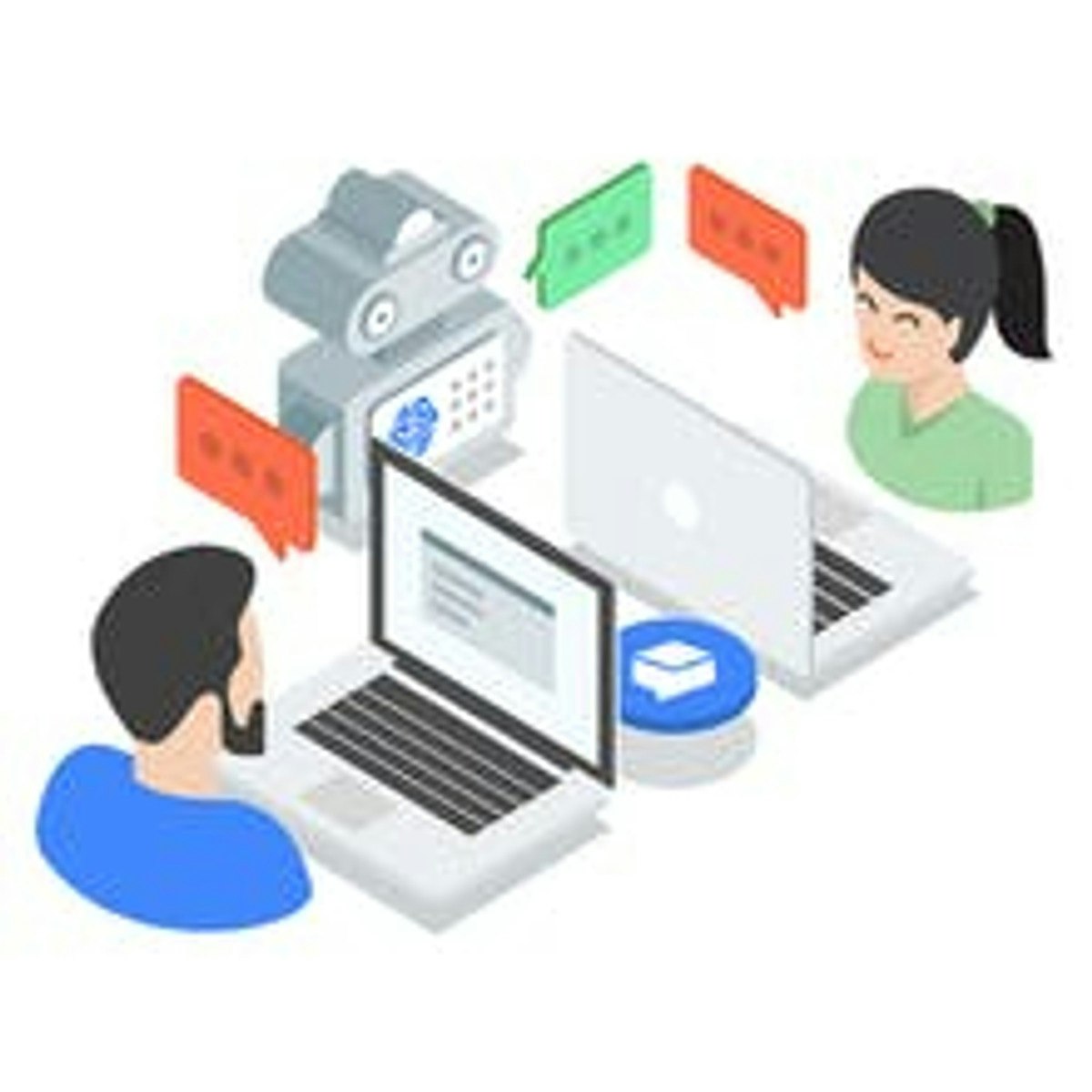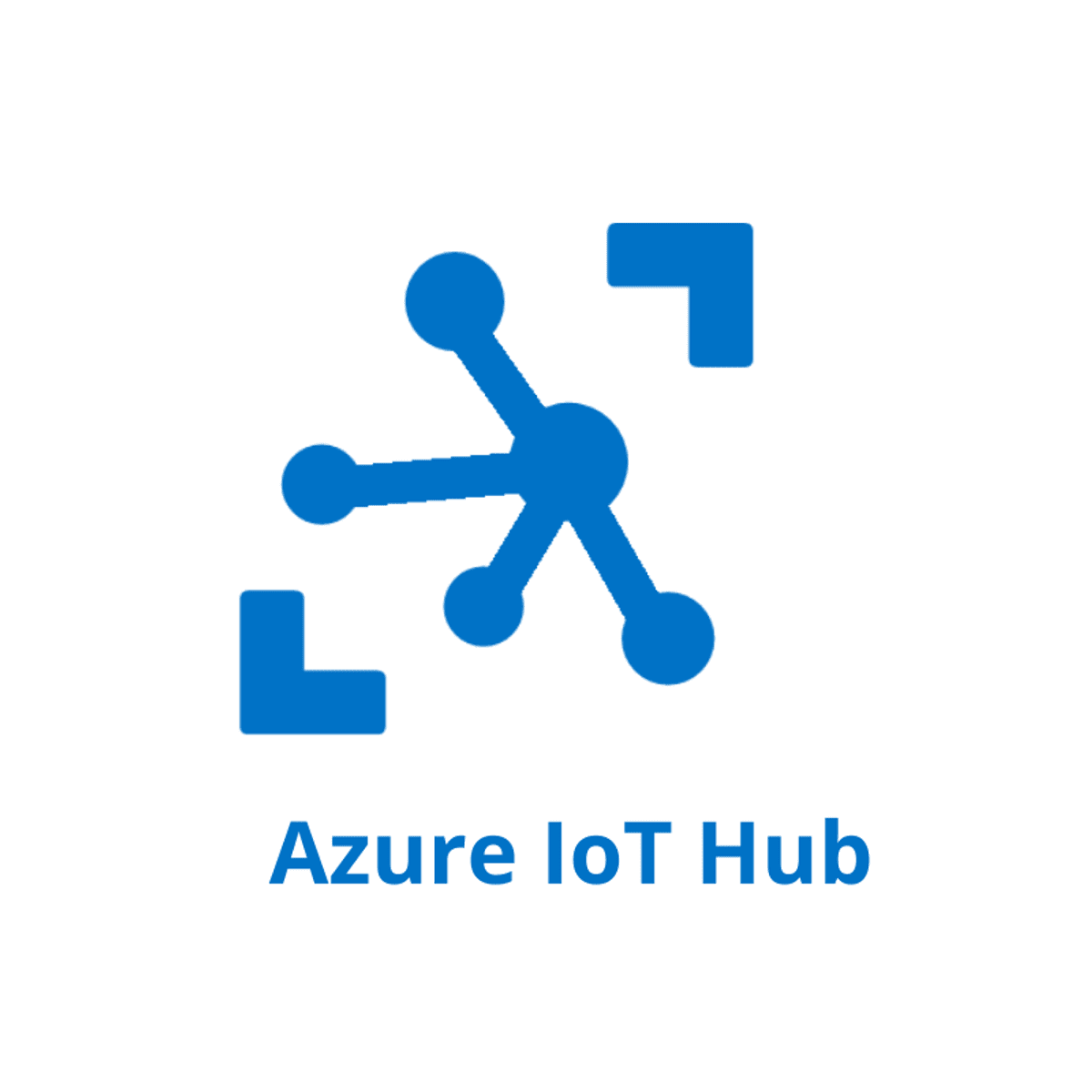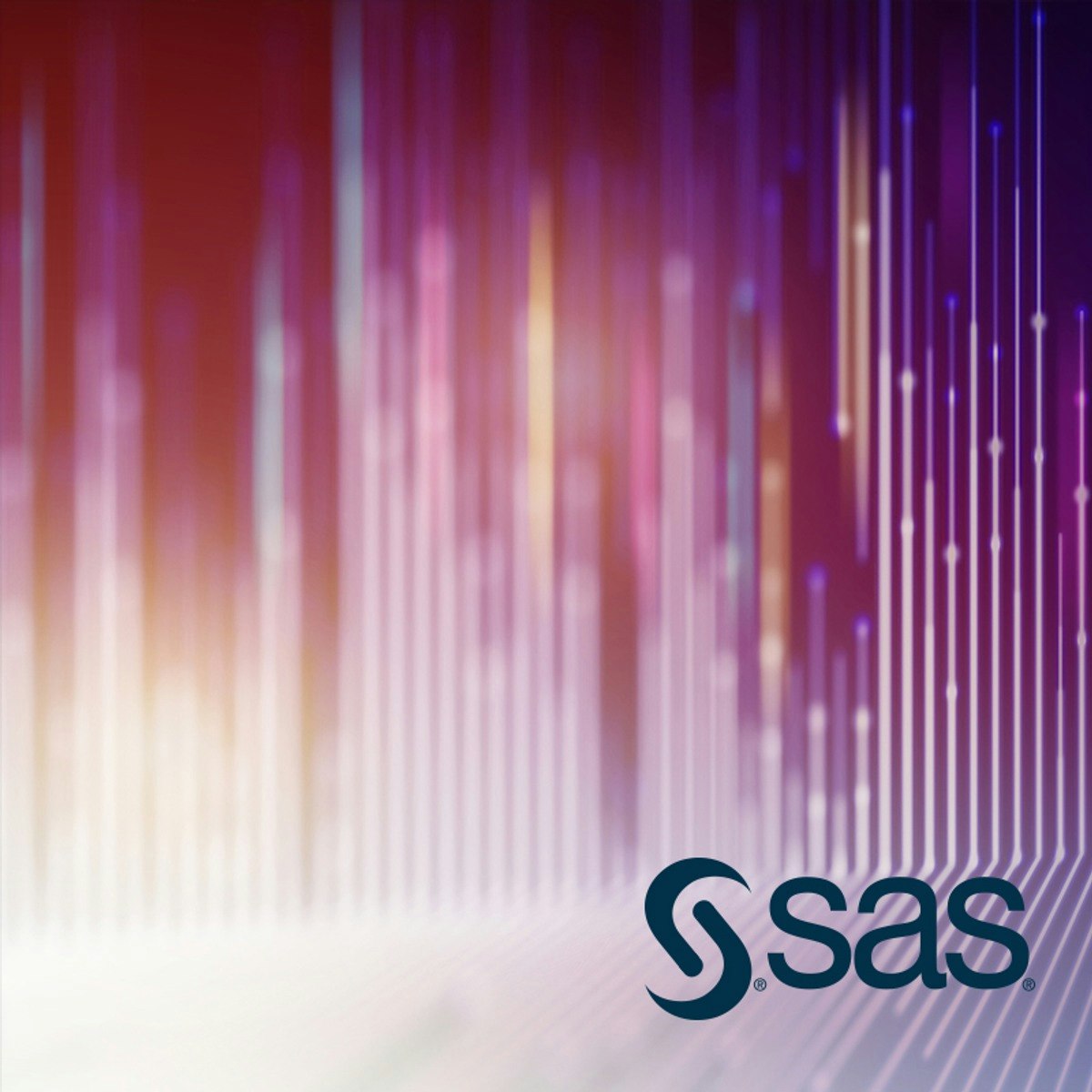Back to Courses









Information Technology Courses - Page 49
Showing results 481-490 of 1471

IoT (Internet of Things) Wireless & Cloud Computing Emerging Technologies
IoT (Internet of Things) devices are already abundant, but new products that include IoT modules are now a common trend. Also, almost everything is already connected to a Cloud, and much more will be in the future. Naturally, as this trend continues, in the near future almost all devices and appliances will include IoT modules which will use sensor data collection and control/management based on Clouds. Since we will live in an IoT world supported by Clouds, knowledge of the core technologies and platforms of IoT and Clouds will enable you with the tools to become a true leader in the future product and business world. In this course, the start-of-the-art IoT and wireless networks and Cloud technologies are introduced (for details on 1G to 5G mobile communications and smartphone and smart device technology, please take my course “Smart Device & Mobile Emerging Technologies”). This course ends with projects that teach how to analyze Bluetooth and W-Fi wireless networks and setup and use an EC2 (Elastic Compute Cloud) Virtual Computer in AWS (Amazon Web Service), which is the most powerful and popular Cloud technology in the world. Comparing to the human body, IoT is the neural network and the Cloud is the brain. Thus, I cordially welcome you into the brain and neural network of the future intelligence world!

Virtual Agent Development in Dialogflow CX for Citizen Devs
Welcome to "CCAI Virtual Agent Development in Dialogflow CX for Citizen Developers", the second course in the "Customer Experiences with Contact Center AI" series.
In this course, learn how to develop customer conversational solutions using Contact Center Artificial Intelligence (CCAI). In this course, you'll be introduced to adding voice (telephony) as a communication channel to your virtual agent conversations using Dialogflow CX.
This is an intermediate course, intended for learners with the following types of roles:
• Conversational designers: Designs the user experience of a virtual assistant. Translates the brand's business requirements into natural dialog flows.
• Citizen developers: Creates new business applications for consumption by others using high level development and runtime environments.
• Software developers: Codes computer software in a programming language (e.g., C++, Python, Javascript) and often using an SDK/API.
Prerequisite: Before taking this course, learners should have completed the "CCAI Conversational Design Fundamentals" course.

Configure Routing in Azure IoT Hub
This Guided Project “Configure Routing in Azure IoT Hub” is for anyone who wants to learn to configure routing in Azure IoT Hub. In this 1-hour long project-based course, you will learn to create an Azure free account. You will also learn to build an IoT hub in the Azure cloud, register an IoT device within the IoT hub, send telemetry data from a raspberry pi web simulator to the iot hub and we will also learn to configure message routing that enables sending telemetry data from IoT Hub to custom endpoints and to store the data we will route the messages to the storage account in Azure. This project will be helpful for anyone who is interested in the internet of things, especially those who want to learn how to connect sensors and send telemetry data to the cloud. We’ll be using a free tier of Azure cloud services.
Requirements: It is recommended if you have some basic knowledge on working with Azure.
A credit / Debit card will be required to create a free Azure account.

Road to the CISO – Culminating Project Course
The ultimate destination for a security manager is the Chief Information Security Officer (or Chief Security Officer) a senior executive role responsible for all cybersecurity operations in the organization. But how do you get from entry-level IT or security employee to the CISO’s office and what do you need to know when you get there? This course examines the career path and requirements to be an effective CISO, as well as the roles and responsibilities of the position.
In this course, a learner will be able to:
● Identify the career development and path of a Cybersecurity professional from entry-level to CISO
● Define and describe the role and function of a CISO in planning for cybersecurity
● Identify the development of a cybersecurity governance program and the role the CISO would play in it
● Discuss the strategic responsibilities of the CISO in overseeing an organization’s cybersecurity program

Working with MySQL DB instance using AWS RDS
In this 1-hour long project-based course, you will learn how to create, connect & delete a MySQL DB instance using AWS RDS.
Amazon Relational Database Service (Amazon RDS) makes it easy to set up, operate, and scale a relational database in the cloud. It provides cost-efficient and resizable capacity while automating time-consuming administration tasks such as hardware provisioning, database setup, patching, and backups. It frees you to focus on your applications so you can give them the fast performance, high availability, security, and compatibility they need. By completing the steps in this guided project, you will successfully launch a MySQL DB instance using AWS RDS within the AWS Free Tier. You will also connect to the instance that you launch using MySQL workbench client and then terminate the instance.

Use AI Builder and Power Apps to Process Invoice Data
What's the quickest and most efficient way of keeping track of incoming invoices? A company accounting department usually keeps data on business expenses in lists where employees manually enter invoice data such as invoice number, invoice date, due date, total amount etc. It's a time-consuming and error-prone process, but thankfully, it can be automated with AI Builder and Power Apps or Power Automate.
In this 60-minutes long guided project, “Use AI Builder and Power Apps to Process Invoice Data”, you will create a SharePoint site and list, build and train AI Builder model for processing invoice data and create a Power Apps application which will use that model and AI builder to read data from invoices and save it to the created SharePoint list. Of course, that Power App application can be shared with colleagues so they can upload invoices from their devices or take a photo of them directly. All we need to do is take our phone, open the application, upload the document, or take a photo of the invoice and let the Power App and AI builder do the rest. Is that a great improvement of a business process or what? The best thing about SharePoint, AI Builder and Power Apps is that anyone can learn to use them regardless of their educational background. We don’t need to be familiar with any programming language, basic knowledge of Excel-like formulas is enough for completing this project.
Since this project uses Office 365 services like SharePoint and Power Apps (part of the Microsoft Power Platform), you will need access to a Microsoft account and a Microsoft 365 Developer Program subscription account. In the video at the beginning of the project you will be given instructions on how to sign up for both.
If you are ready to automate manual, repetitive and time-consuming business processes and thus make time for more important tasks, then this project is for you! Let's get started!

CASL Programming for Distributed Computing in SAS® Viya®
Welcome to the CASL Programming for Distributed Computing in SAS Viya course. SAS Viya is an AI, analytic and data management platform running on a scalable, distributed, cloud-native architecture.
In this course you will learn how how to use the native CAS programming language (CASL) to leverage SAS Cloud Analytics Services (CAS), the high-performance, in-memory analytics and distributed computing engine in SAS Viya . You will learn how to use CASL to access, explore, prepare, analyze, and summarize data in the CAS server's massively parallel processing environment.
This is an advanced course, intended for learners with at least one year of programming experience with a modern language: (SAS, R, Python, SQL, and so on), and at least one year of experience working with data. To be successful in this course, you should have a general understanding of fundamental computer programming concepts and the data analytics lifecycle.
By the end of the course, you will be able to:
- Understand and use various SAS Viya servers.
- Connect to the CAS server to access and manage data.
- Use CASL to explore, prepare and analyze data.
- Create reports and visualizations using SAS Viya.

Google Sheets: Getting Started
This is a Google Cloud Self-Paced Lab. Use Google Sheets to create and edit a spreadsheet, then share the spreadsheet for easy collaboration. You can complete this lab in 10-15 minutes or use the extra time to explore Google Sheets features.

Improving Network Performance I
This is a self-paced lab that takes place in the Google Cloud console. In this lab, you'll work on practical elements of performance testing, with an eye to improving network bandwidth in your environment by using different core sizes and internal vs. external networks.

HBase to Bigtable Offline Migration
This is a self-paced lab that takes place in the Google Cloud console. Get introduced to using Cloud Bigtable with the Java HBase client. Learn how to: avoid common mistakes with schema design, import data in a sequence file, and query your data.
Popular Internships and Jobs by Categories
Browse
© 2024 BoostGrad | All rights reserved


